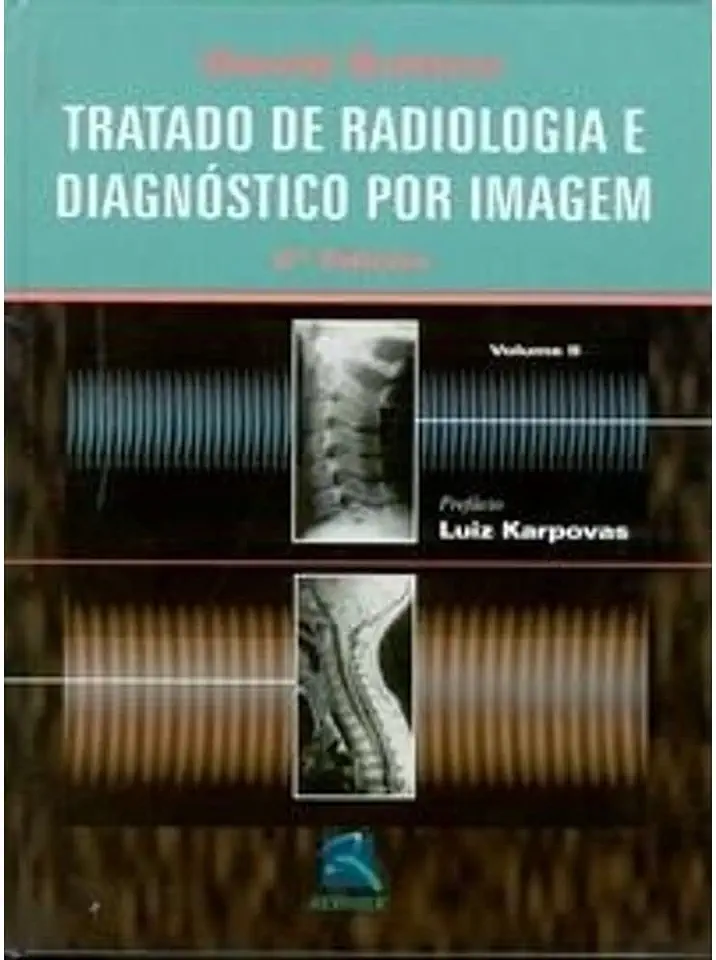
Radiology - David Sutton
Radiology: The Art and Science of Imaging
Radiology is a medical specialty that uses imaging techniques to diagnose and treat diseases. It is a rapidly growing field, with new technologies being developed all the time. This book provides a comprehensive overview of radiology, from its history to its latest advances.
History of Radiology
The history of radiology can be traced back to the discovery of X-rays in 1895 by Wilhelm Röntgen. This discovery led to the development of the first X-ray machines, which were used to diagnose and treat a variety of medical conditions. In the early 20th century, radiology became a separate medical specialty, and new imaging techniques were developed, such as computed tomography (CT) and magnetic resonance imaging (MRI).
Imaging Techniques
Radiology uses a variety of imaging techniques to diagnose and treat diseases. These techniques include:
- X-rays: X-rays are a type of electromagnetic radiation that can pass through the body. They are used to create images of bones, muscles, and other tissues.
- CT scans: CT scans use X-rays to create cross-sectional images of the body. They are used to diagnose a variety of conditions, such as cancer, heart disease, and stroke.
- MRI scans: MRI scans use magnetic fields and radio waves to create images of the body. They are used to diagnose a variety of conditions, such as brain tumors, spinal cord injuries, and joint problems.
- Ultrasound: Ultrasound uses sound waves to create images of the body. It is used to diagnose a variety of conditions, such as pregnancy, gallstones, and kidney stones.
- Nuclear medicine: Nuclear medicine uses radioactive tracers to create images of the body. It is used to diagnose a variety of conditions, such as cancer, thyroid problems, and heart disease.
Applications of Radiology
Radiology is used in a variety of medical specialties, including:
- Orthopedics: Radiology is used to diagnose and treat bone and joint problems.
- Neurology: Radiology is used to diagnose and treat brain and spinal cord problems.
- Cardiology: Radiology is used to diagnose and treat heart and blood vessel problems.
- Gastroenterology: Radiology is used to diagnose and treat digestive system problems.
- Urology: Radiology is used to diagnose and treat urinary system problems.
- Oncology: Radiology is used to diagnose and treat cancer.
Benefits of Radiology
Radiology is a safe and effective way to diagnose and treat a variety of medical conditions. It is a non-invasive procedure, which means that it does not require surgery. It is also a painless procedure, and it does not require the use of anesthesia.
Conclusion
Radiology is a vital part of modern medicine. It is used to diagnose and treat a wide variety of medical conditions, and it is a safe and effective procedure. If you are interested in learning more about radiology, this book is a great resource. It provides a comprehensive overview of the field, from its history to its latest advances.